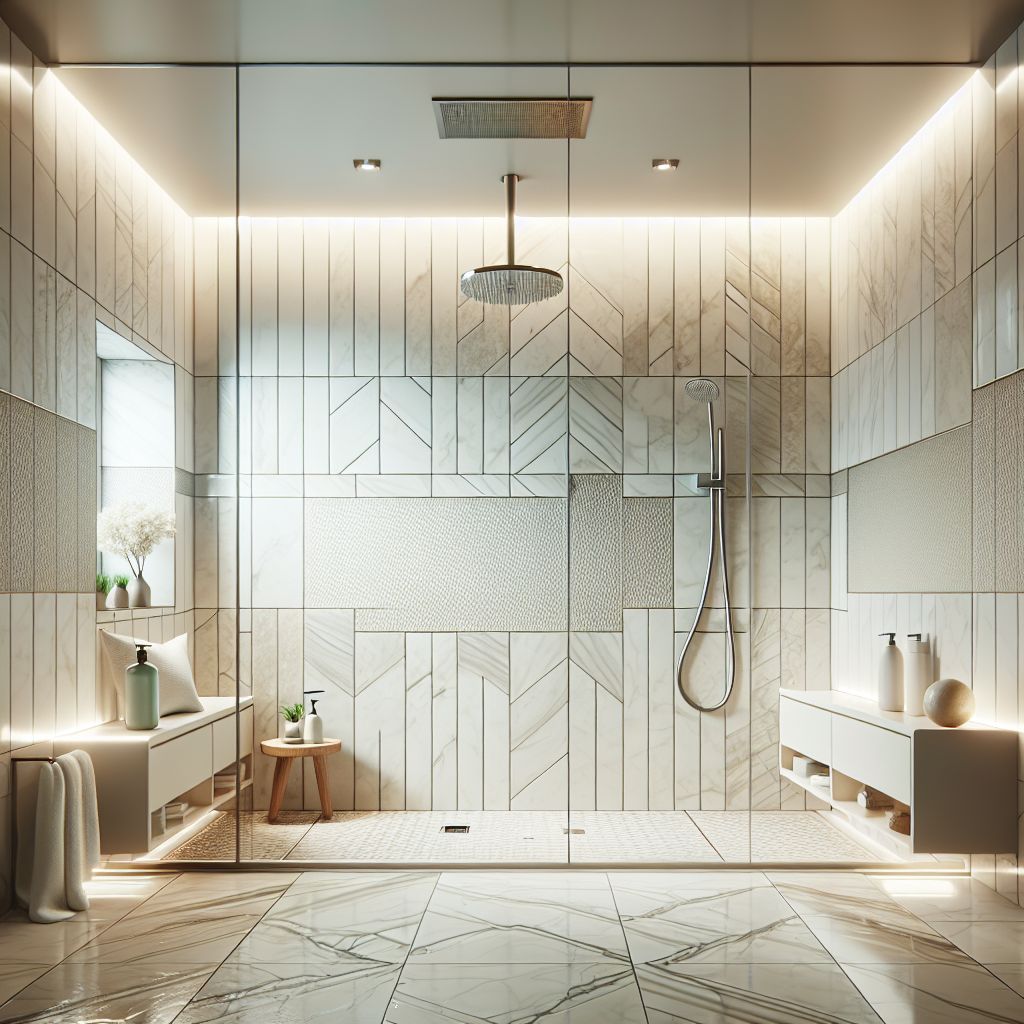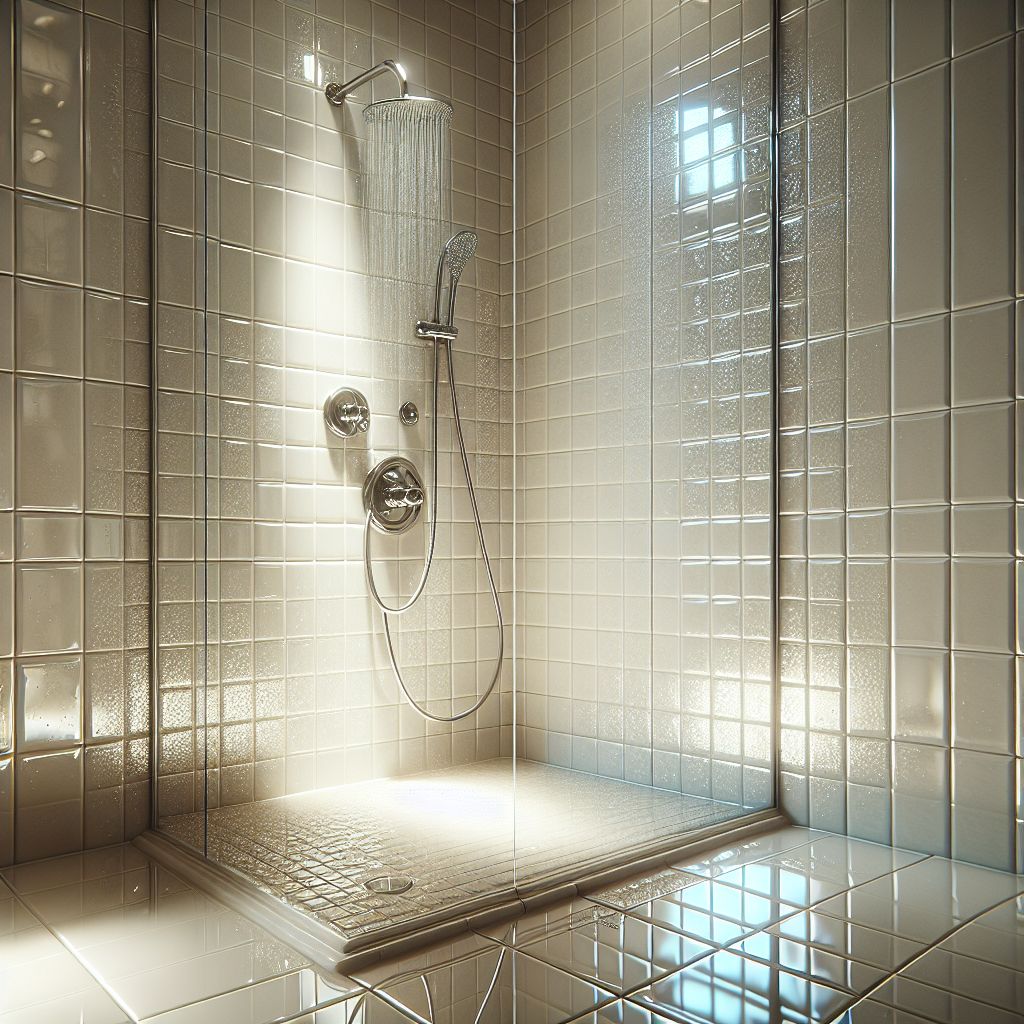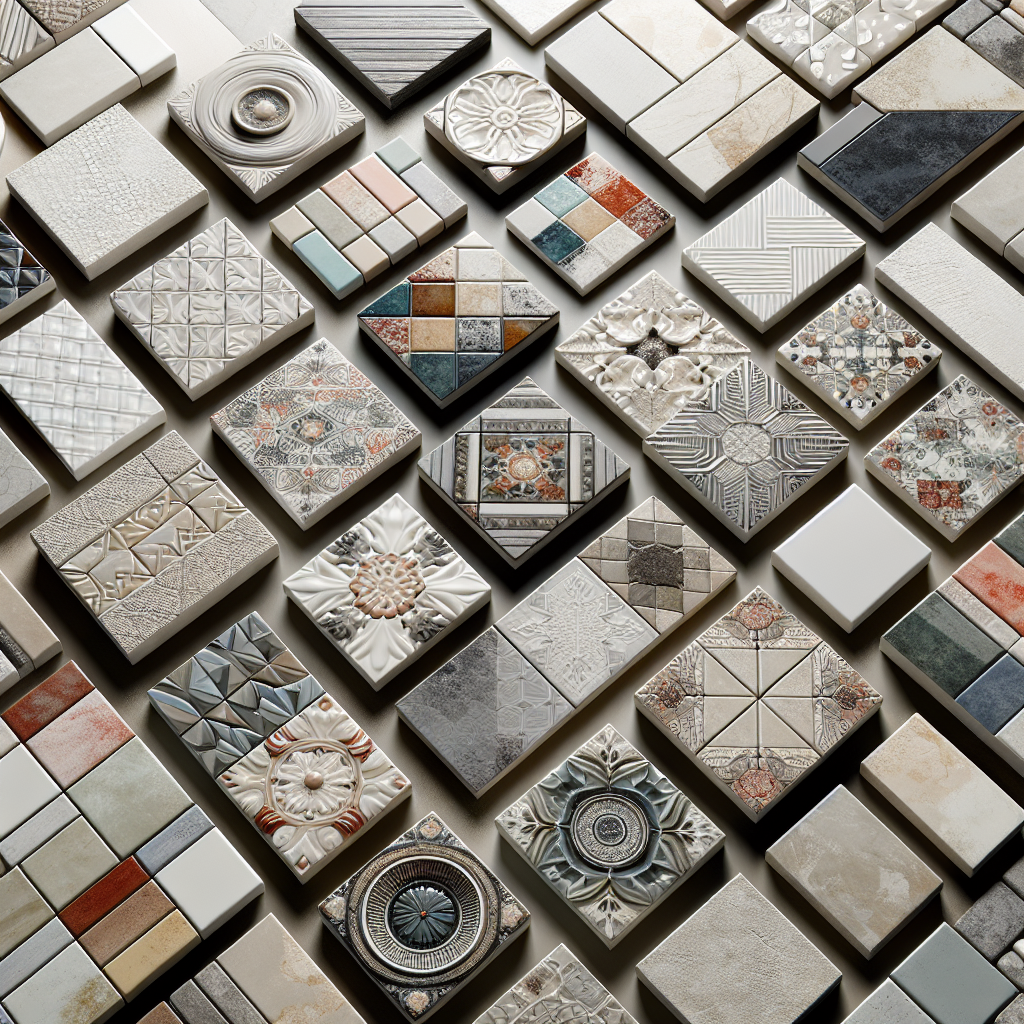
Key Takeaways
-
Refinishing porcelain shower tiles is a cost-effective alternative to full remodeling, offering a fresh look at a fraction of the cost.
-
Porcelain tiles are preferred for showers due to their low water absorption rate and durability.
-
The refinishing process involves cleaning, repairing, and recoating the tiles to extend their lifespan.
-
Remodeling provides a complete transformation but requires a larger budget and more time.
-
Choosing between refinishing and remodeling depends on your budget, timeframe, and design goals.
What’s at Stake with Your Shower Space
Imagine stepping into a shower that feels brand new, with gleaming tiles that reflect your dedication to a beautiful home. Now, think about the cost and time it takes to get there. Your shower isn’t just a place to get clean; it’s a sanctuary and a significant part of your home’s value. Whether you’re looking to sell or simply want to enjoy a pristine bathing experience, the state of your shower tiles matters.
Short-Term Fix or Long-Term Investment?
When it comes to sprucing up your shower, you’re faced with two choices: refinishing your existing porcelain tiles or diving into a full-blown remodeling project. The path you choose not only affects your wallet but also the longevity of your shower’s new look. Let’s dive into the nitty-gritty of each option to help you make an informed decision.
The Beauty and Brawn of Porcelain Tiles
Before we compare refinishing and remodeling, let’s talk about why porcelain tiles are often the star of the show in modern showers.
Why Porcelain Reigns Supreme in Showers
Porcelain tiles are the go-to for shower enclosures for several reasons. Most importantly, they have a water absorption rate of less than 0.5%, making them virtually waterproof. This feature alone makes them an ideal choice for wet environments. Their tough surface also resists chips, scratches, and fading, ensuring your shower keeps its good looks for years to come.
Porcelain’s Edge Over Ceramic in Wet Environments
-
Water Resistance: Porcelain’s low porosity keeps water out, reducing the risk of damage and mold growth.
-
Durability: Porcelain stands up to daily wear and tear, resisting cracks and chips.
-
Longevity: A well-maintained porcelain surface can last decades, retaining its color and finish.

Breaking Down Tile Refinishing
Refinishing your porcelain shower tiles can be likened to giving your bathroom a mini-makeover. It’s about taking what’s old and making it shine like new again. The process typically involves a thorough cleaning, followed by the repair of any chips or cracks. Once the surface is prepped, a specialized coating is applied, breathing new life into your shower without the need for a full renovation.
The Process Simplified: Breathing New Life into Old Tiles
The steps to refinish porcelain shower tiles are straightforward. First, clean the tiles with a strong degreaser. Repair any damage with a waterproof filler. Then, sand the surface to ensure the new finish adheres well. Apply a primer, followed by the topcoat. Finally, let it cure. In a matter of days, you’ll have a shower that looks brand new.
Pros and Cons of Choosing to Refinish Porcelain Shower Tiles
Pros:
-
Cost-effective: Significantly cheaper than remodeling.
-
Time-saving: Can be completed in a few days.
-
Eco-friendly: Reduces waste by not discarding old tiles.
Cons:
-
Limited lifespan: Not as long-lasting as new tiles.
-
Color limitations: May not match the exact color of existing tiles.
Diving into Tile Remodeling
When we talk about remodeling, we’re looking at a complete overhaul. This means tearing out the old tiles and starting from scratch. It’s a more intensive process, but it also allows for a total transformation of your space. You can choose new tiles, patterns, and even alter the layout of your shower area for a completely customized look.
What Remodeling Entails
Remodeling your shower means more than just new tiles. It’s about inspecting and possibly replacing the backer board, ensuring proper waterproofing, and maybe even updating your plumbing. It’s a labor-intensive process, but it gives you the freedom to redesign your shower from the ground up.
During a remodel, everything is customizable. From the tile size and shape to the grout color and finish, you’re in control. Plus, you can incorporate modern features like built-in niches or benches, adding both function and flair to your shower.
But remember, with great customization comes great responsibility—and a greater price tag. Remodeling is an investment, one that requires careful planning and a clear vision of your desired outcome.
Comparing Costs: Refinishing Savings vs. Remodeling Splurge
Let’s talk numbers. Refinishing your porcelain shower tiles can cost $4 to $12 per square foot, depending on the size of your shower and the condition of your tiles. On the other hand, remodeling ranges from $8 to $120 per square foot and can easily run into thousands, especially if you’re eyeing high-end materials or intricate designs.
If you’re on a tight budget but crave a fresh look, refinishing is the way to go. However, if you’re ready for a significant change and have the funds to support it, remodeling might be the better choice.

Refinishing vs. Remodeling: The Faceoff
So, which is better? Refinishing or remodeling? The answer isn’t black and white. It depends on several factors, including your budget, how long you plan to stay in your home, and what you ultimately want your shower to look like.
Refinishing vs Remodeling: Comparing Pros and Cons
| Refinishing | Remodeling | |
| Cost | $4 to $12 per square foot | $8 to $120 per square foot |
| Timeline | Takes a few days | Takes several weeks |
| Pros | Cost-effective, eco-friendly, offers a quick and effective fix for surface-level concerns | Full customization, complete kitchen transformation, increases home value |
| Cons | Limited to cosmetic fix, not as long-lasting as new tiles, customization is limited | Labor intensive process, requires larger budget and time |
| Longevity | Can last 5 to 10 years or more with proper care | Can last up to 20 years or more with proper care |
Factor 1: Budget
If your budget is tight, refinishing is a no-brainer. It’s a cost-effective way to make a significant impact without the financial strain of a full remodel. Plus, it’s a smart move if you’re looking to sell your home and want to quickly freshen up the bathroom’s appearance.
Factor 2: Timeframe
Time is another key factor. Refinishing can be done in a couple of days, whereas remodeling might leave you without a shower for weeks. If you need a quick turnaround, refinishing is the clear winner.
Factor 3: Aesthetic and Design Aspirations
But what if you have a specific vision for your shower that refinishing can’t achieve? If you’re dreaming of a walk-in shower with a rainfall head and a mosaic tile floor, only a remodel will make that happen. In this case, the investment in remodeling could be well worth the satisfaction of seeing your dream bathroom come to life.
Smart Decision Making for Your Porcelain Palace
When it comes down to it, the choice between refinishing and remodeling your porcelain shower tiles boils down to a balance of needs, wants, and resources. Assess your situation, weigh the pros and cons, and make a decision that aligns with your priorities.
Assessing Needs: Functional and Cosmetic Considerations
Consider the functional aspects of your shower. Is it just the look that’s bothering you, or are there underlying issues like leaks or water damage? If it’s purely cosmetic, refinishing is a quick and effective fix. But if there are functional flaws, remodeling might be necessary to address them properly.
Final Recommendations: Enhancing Your Home’s Hub of Hygiene
In the end, both refinishing and remodeling have their place in the world of bathroom updates. If you’re looking for a budget-friendly refresh, refinishing is your best bet. But if you’re after a totally new bathroom that aligns with your long-term goals and dreams, remodeling might be the path for you.
Remember, your shower is more than just a place to rinse off—it’s a space where you start and end your day. Make it a place that reflects your taste, meets your needs, and brings you joy every time you step inside.

Frequently Asked Questions (FAQs)
Can You Refinish Porcelain Tiles Yourself?
Yes, it’s possible to refinish porcelain tiles yourself. However, it requires patience, attention to detail, and the right materials. You’ll need to thoroughly clean the tiles, repair any damage, sand the surface, and then apply primer and paint designed for tile. Be sure to follow instructions carefully and provide adequate ventilation. If you’re not confident in your DIY skills, it might be best to hire a professional to ensure a high-quality finish.
How Long Does Tile Refinishing Last Compared to Remodeling?
Tile refinishing, when done correctly, can last 5 to 10 years or more, depending on the quality of the materials used and the level of care and maintenance. Remodeling with new tiles can last much longer, often 20 years or more, because you’re starting with a brand-new surface. Regular cleaning and avoiding harsh chemicals can extend the life of both refinishing and remodeling work.
What are the Latest Trends in Porcelain Tile Designs?
The world of porcelain tile designs is constantly evolving. Some of the latest trends include:
-
Large-format tiles that offer a seamless, modern look.
-
Textured tiles that mimic natural materials like wood and stone.
-
Geometric patterns and bold colors that make a statement.
-
Matte finishes for a contemporary, sophisticated feel.
These trends can inspire your refinishing or remodeling project, giving your shower a fresh and updated appearance.
How Much Value Does a Shower Remodel Add to Your Home?
A shower remodel can significantly increase the value of your home. On average, a bathroom remodel yields a 71% return on investment, according to the National Association of Realtors. A well-designed and modern shower can be a major selling point for potential buyers and can make your home stand out in the market.
Can You Switch from Porcelain to Ceramic During a Shower Remodel?
Absolutely! During a shower remodel, you have the flexibility to switch from porcelain to ceramic tiles or vice versa. Each has its own benefits, with porcelain being more durable and water-resistant, while ceramic can be more cost-effective. Consider your needs, budget, and the overall design you’re aiming for when making your choice.




Leave a Reply